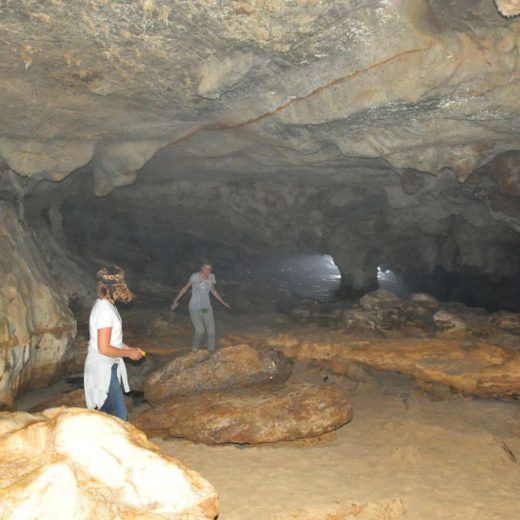Asturias is a country riddled with caves, both formed by rivers, by sea or prehistoric caves. Here are our highlights:
Tito Bustillo
It is one of the most important in the world in Palaeolithic art. Discovered in 1968 by the Torreblanca speleologist group, in which Tito Bustillo Fernandez was included. He died little later while practicing caving in another cave.
La Cuevona, of Ribadesella
Located above Tito Bustillo, it was first excavated in 1899 by Justo del Castillo and later, in 1912, by Hernandez Pacheco. It is huge and many summer concerts take place in it.
The Pindal cave
It is in Pimiango and the edge of the sea. It was discovered in 1908. It is, therefore, the first manifestation of the prehistoric man studied in Asturias.
Its figures, grouped in several panels and mainly outlined in red line represent bison, horses and deer, different signs, points and anthropomorphic impressions. One of its most famous figures represents the elephant with a heart-shaped spot.
La Cuevona of the village Cuevas del agua
It is a natural cavity that has the distinction of serving as the only route of communication with the outside of this small town located between the river and the mountains. Just like a tunnel, the road gets into the mountain, accompanied on its tour by a small stream, leaving the driver stunned by its spectacular formations that he is looking through the glass of his vehicle. The Cuevas del Agua village, which is about 4.9 km away from the coastal town of Ribadesella, if coming from Arriondas, can be accessed by walking from a suspension bridge over the river Sella before reaching the village of Fries.







